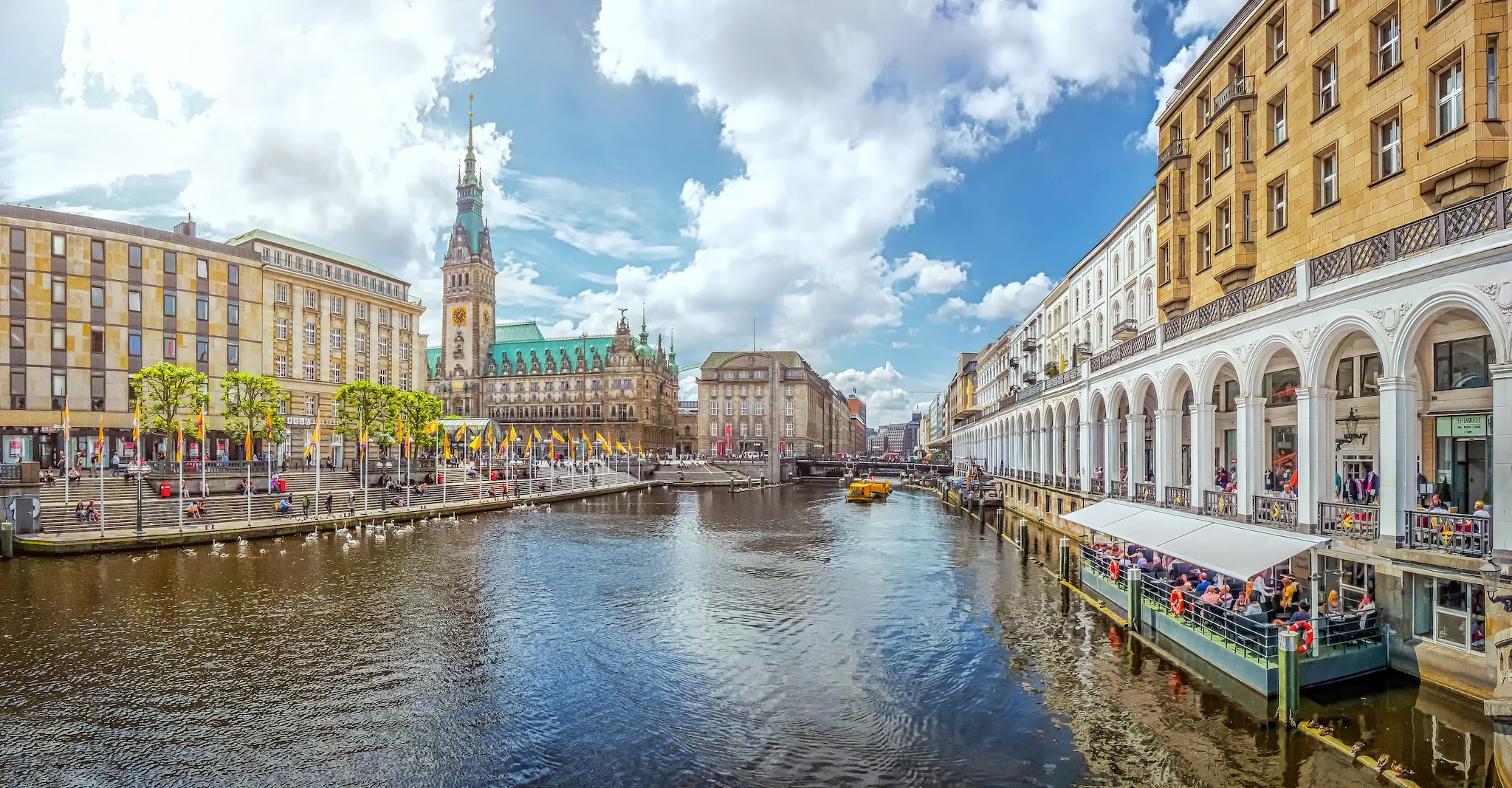
Hamburg, Germany’s second-largest city and largest port, is a place of rich history and vibrant culture. While many know it for its maritime heritage and iconic landmarks, Hamburg harbors numerous lesser-known facts and hidden gems that make it a truly fascinating destination. Let’s delve into some of the more obscure and intriguing aspects of this dynamic city.
A city of bridges
Many people are unaware that Hamburg boasts more bridges than any other city in Europe. With over 2,500 bridges spanning its numerous canals and waterways, Hamburg surpasses even Venice and Amsterdam in this regard. The city’s intricate network of waterways, including the Elbe River and its tributaries, necessitates this vast number of crossings. Some notable bridges include the Köhlbrandbrücke, a cable-stayed bridge stretching 3.6 kilometers, and the historic Trostbrücke, one of the oldest bridges in the city dating back to 1881.
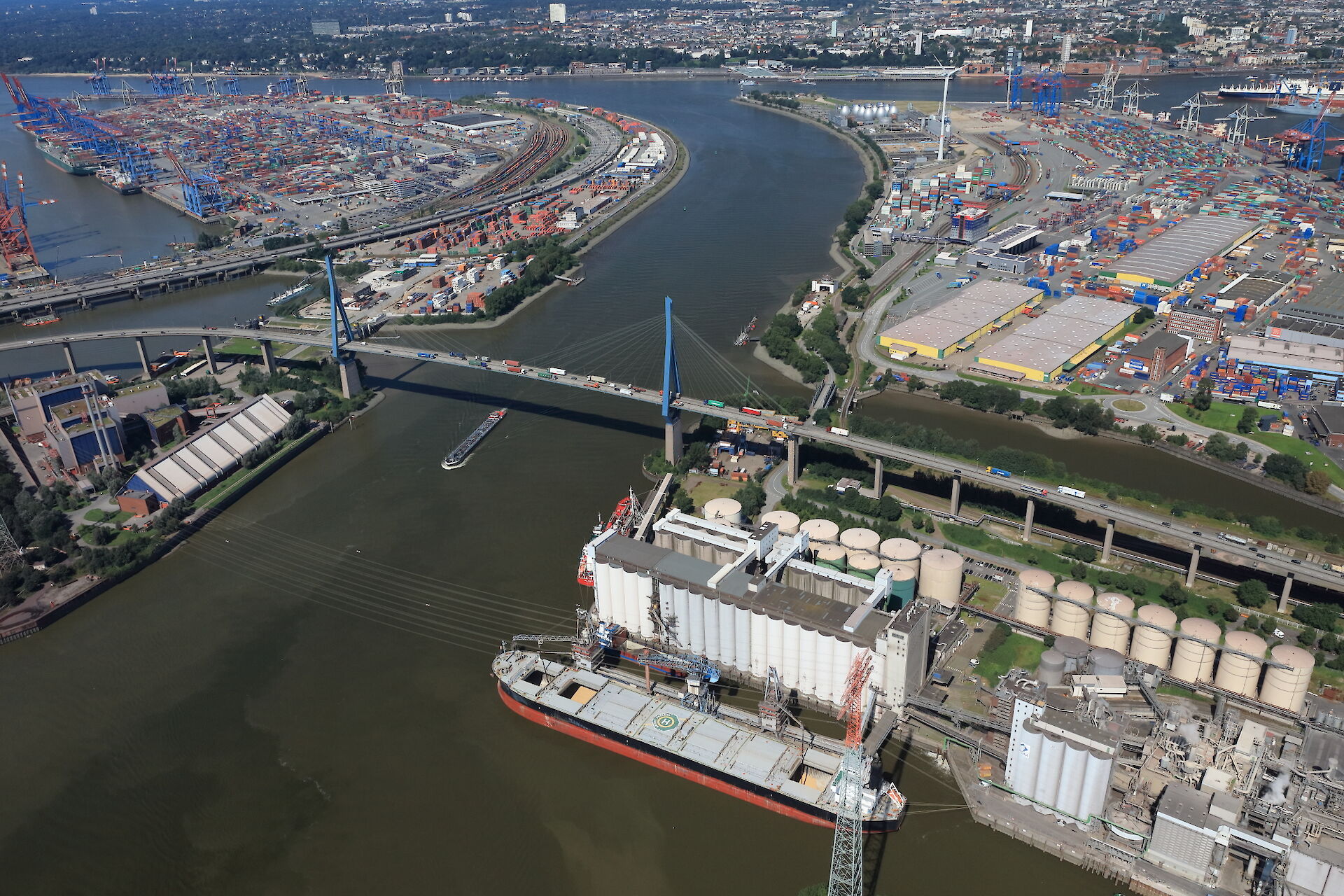
The Beatles’ Hamburg connection
Before achieving global fame, The Beatles honed their skills in Hamburg’s nightclubs. Between 1960 and 1962, the band played over 250 nights in various venues along the Reeperbahn, Hamburg’s famous entertainment district. It was during this time that they developed their signature sound and stage presence. Today, Beatles-Platz, a public square in the St. Pauli quarter, commemorates the band’s connection to the city with steel silhouettes of the Fab Four.
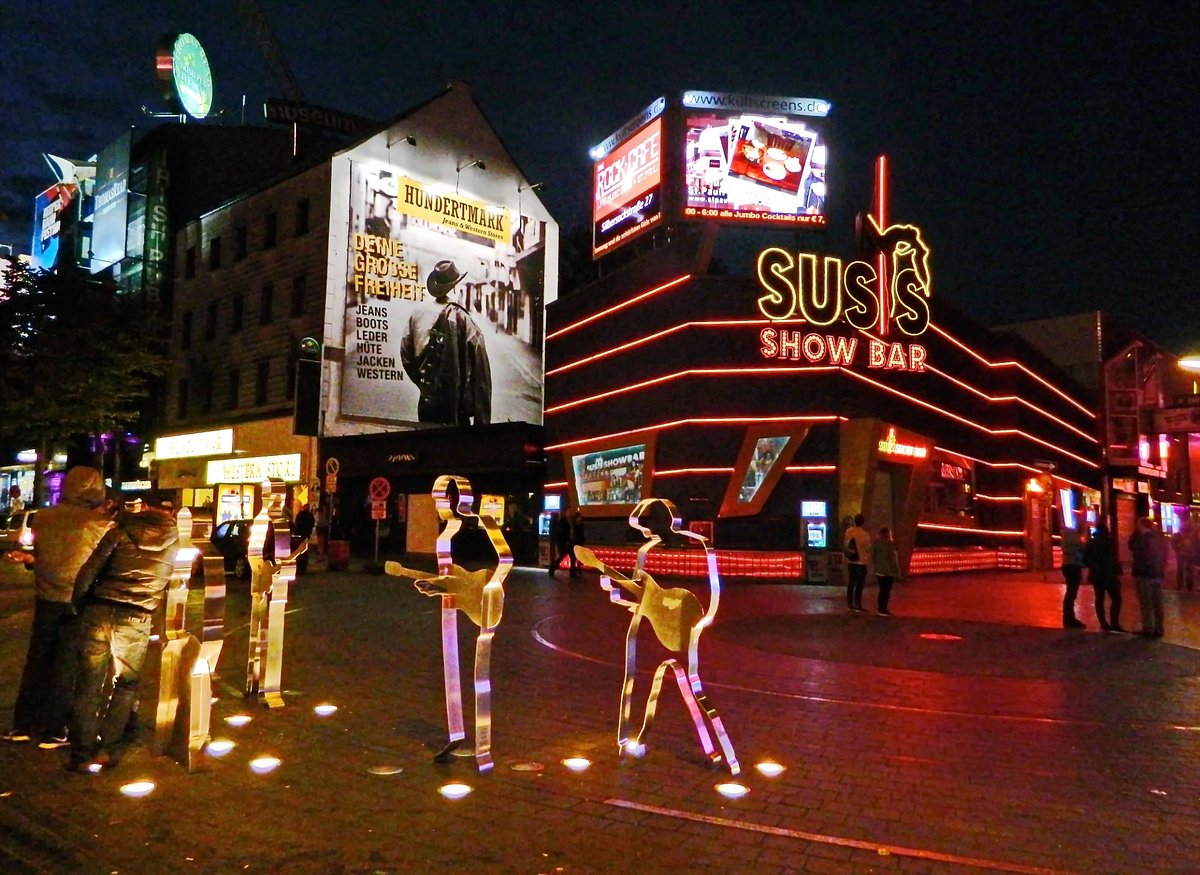
Hamburg’s miniature wonderland
Miniatur Wunderland, the world’s largest model railway, calls Hamburg home. This attraction features over 15,400 meters of track, 1,040 trains, and 260,000 figurines. The miniature world includes detailed recreations of various countries and landmarks, from the Swiss Alps to the Las Vegas Strip. In 2021, the attraction added a new South America section, further expanding its already impressive scope.
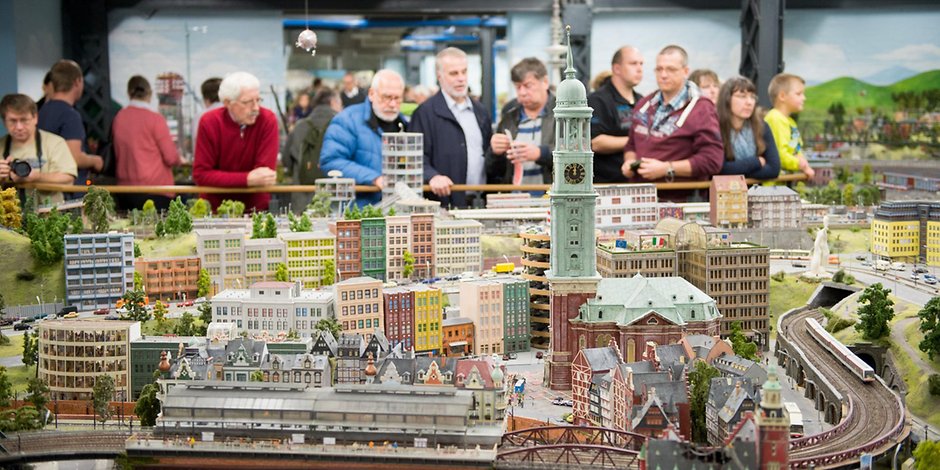
The world’s oldest merchant bank
Hamburg is home to Berenberg Bank, founded in 1590 and recognized as the world’s oldest merchant bank still in operation. The bank has survived numerous crises, including the Great Fire of Hamburg in 1842 and two World Wars. Today, it continues to operate as a private bank, investment bank, and asset manager, maintaining its headquarters in Hamburg.
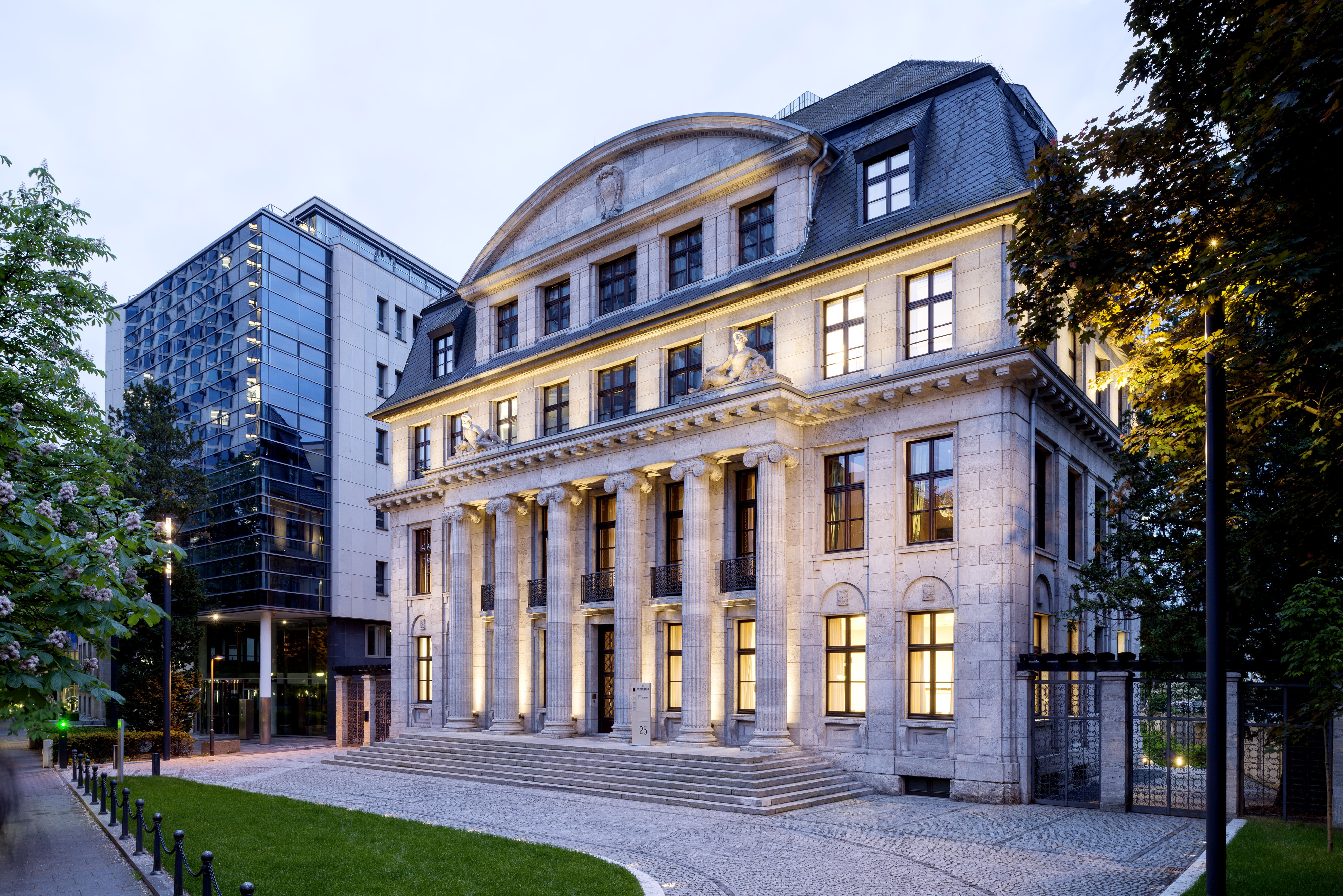
Hamburg’s unique “water castle”
The Wasserschloss, or “water castle,” is one of Hamburg’s most picturesque and photographed locations. Situated in the Speicherstadt warehouse district, this neo-Gothic building from 1899 appears to float on water. Originally used as a hydraulic power station to operate the warehouse district’s winches and gates, it now houses a restaurant and tea shop.
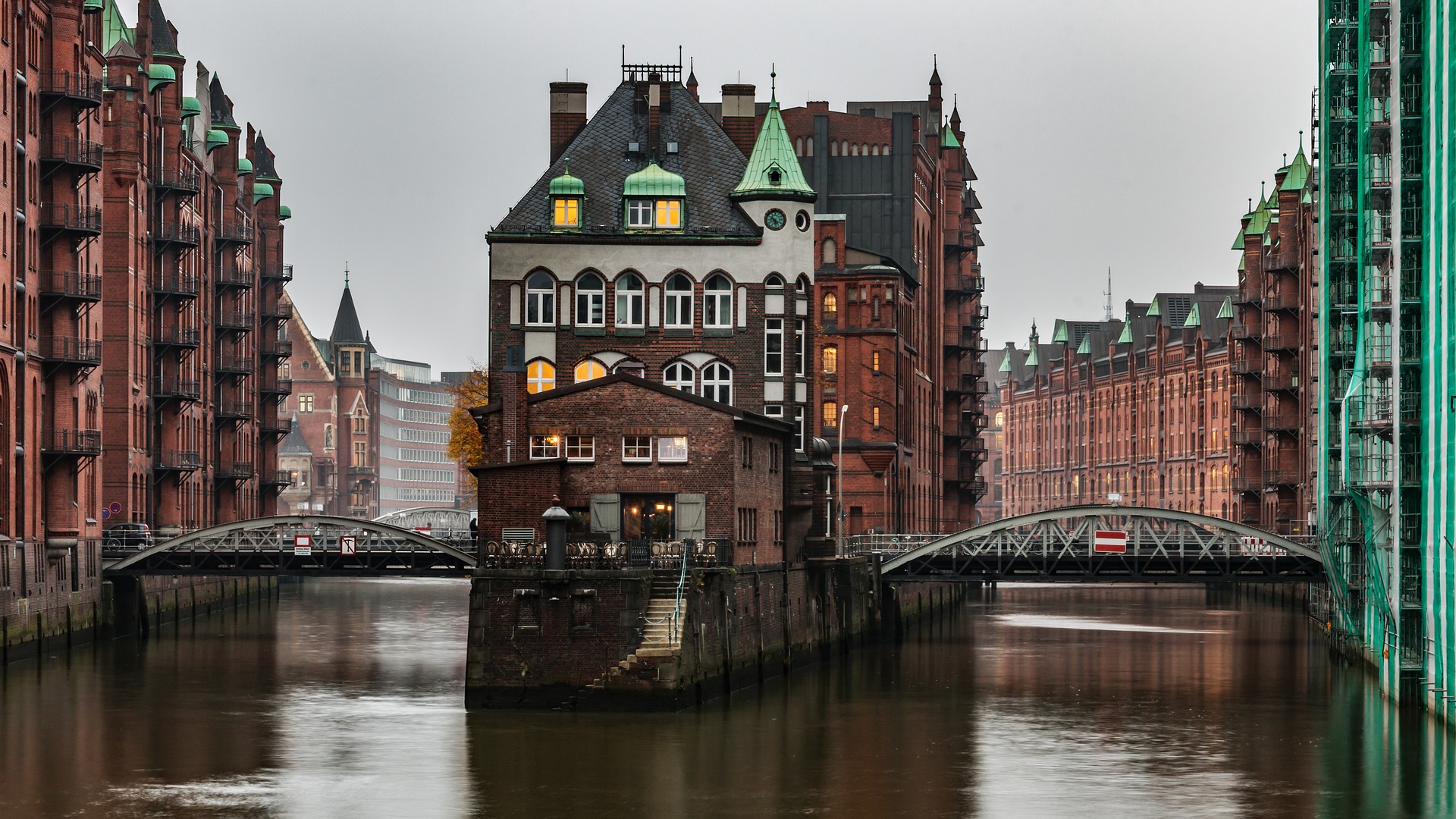
The city’s coffee heritage
Hamburg has a long-standing relationship with coffee. The city was one of the first in Europe to embrace coffee culture in the 17th century, and by the 18th century, it had become a major coffee trading hub. Today, Hamburg remains Europe’s largest coffee-trading center, handling about 40% of Europe’s coffee imports. The Hamburg Coffee Exchange, established in 1887, is still an important institution in the global coffee trade.
Hamburg’s unique beach experience
While not typically associated with beach life, Hamburg offers a distinctive urban beach experience along the Elbe River. The Elbstrand, stretching for several kilometers, provides city dwellers and visitors alike with a sandy retreat. During summer months, beach bars and cafes pop up along the shore, offering a unique blend of city and beach atmospheres.

The city’s green credentials
Hamburg was named the European Green Capital in 2011, recognizing its commitment to environmental sustainability. The city boasts over 3,000 hectares of green spaces, accounting for nearly 15% of its total area. Hamburg aims to reduce its CO2 emissions by 80% by 2050 and has implemented numerous green initiatives, including extensive bike-sharing programs and investments in renewable energy.
Hamburg’s UNESCO World Heritage Sites
In 2015, Hamburg’s Speicherstadt and Kontorhaus District, along with the Chilehaus, were inscribed on the UNESCO World Heritage List. The Speicherstadt, the largest warehouse district in the world where buildings stand on timber-pile foundations, showcases late 19th and early 20th-century maritime architecture. The Kontorhaus District, with the iconic Chilehaus at its heart, represents early 20th-century office architecture.

The city’s unique dialect
While High German is the standard language spoken in Hamburg, the city also has its own Low German dialect called Hamburgisch. Although its use has declined over the years, efforts are being made to preserve this unique linguistic heritage. Some words from Hamburgisch, such as “Moin” (a greeting used at any time of day), have become part of the broader German lexicon.

These lesser-known facts showcase Hamburg’s multifaceted character, blending history, culture, and innovation. From its maritime heritage to its modern green initiatives, Hamburg continues to surprise and captivate both residents and visitors alike.









